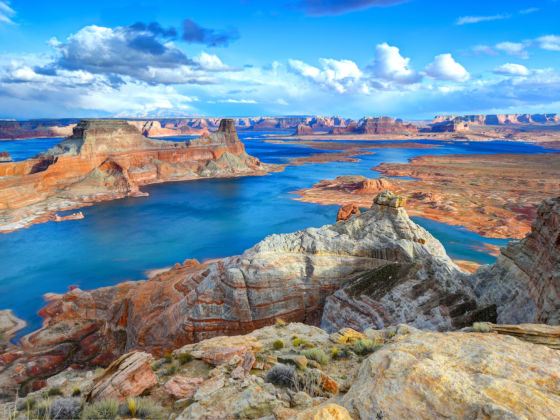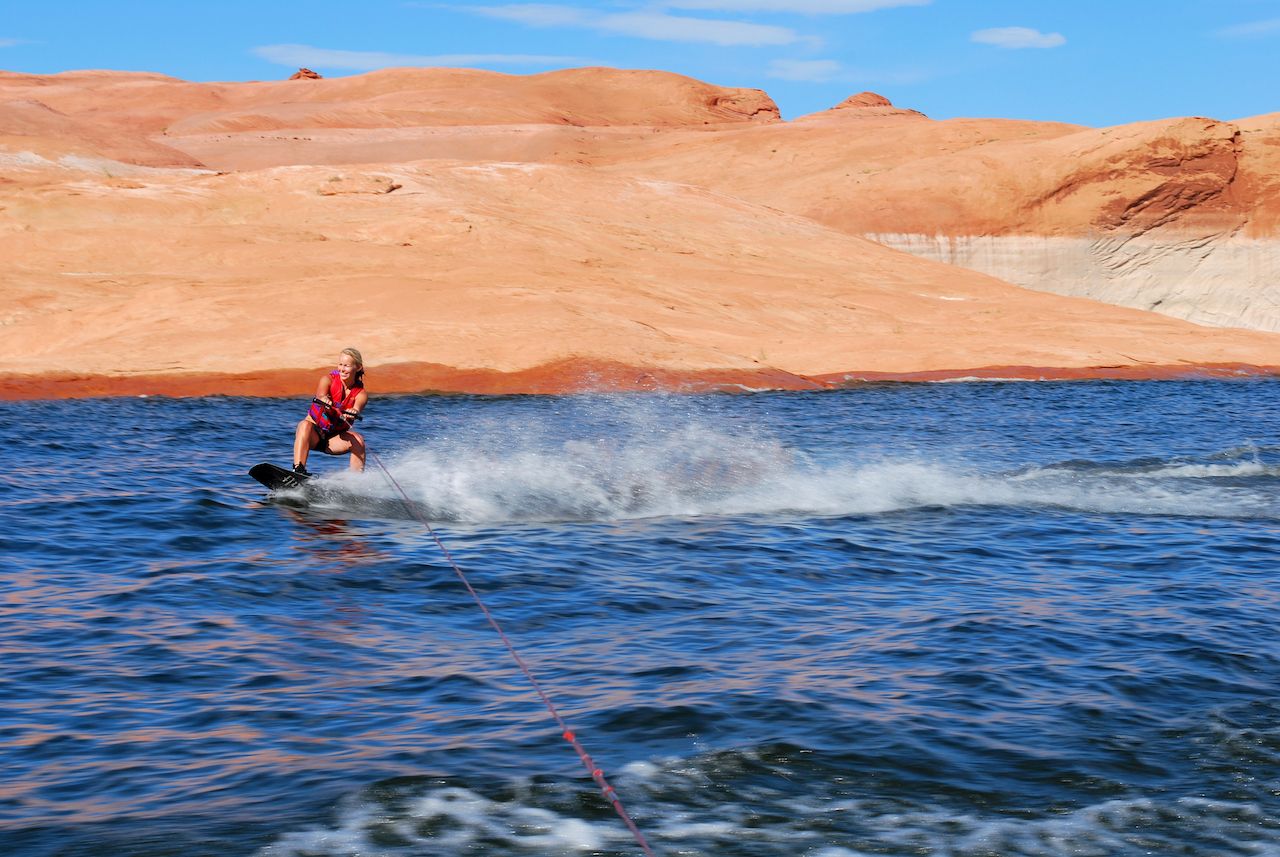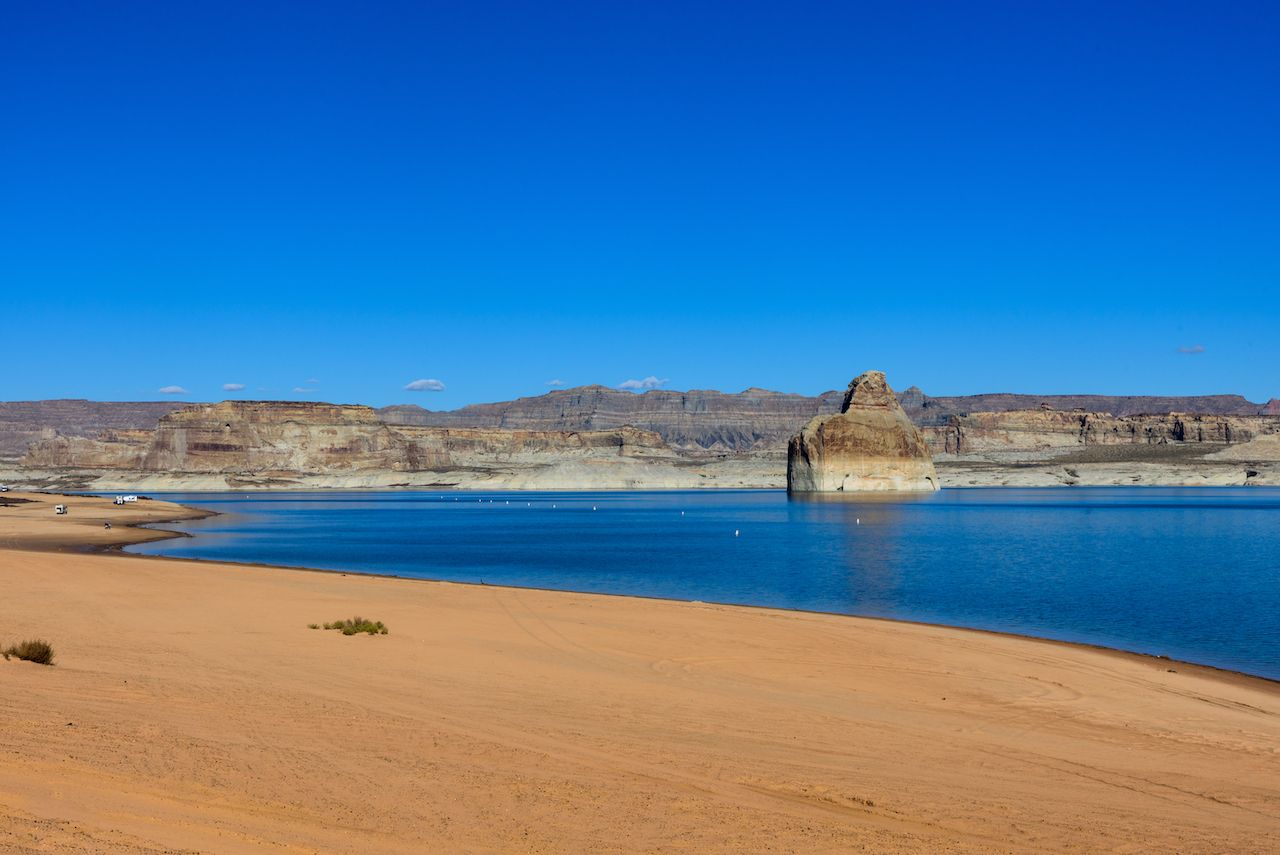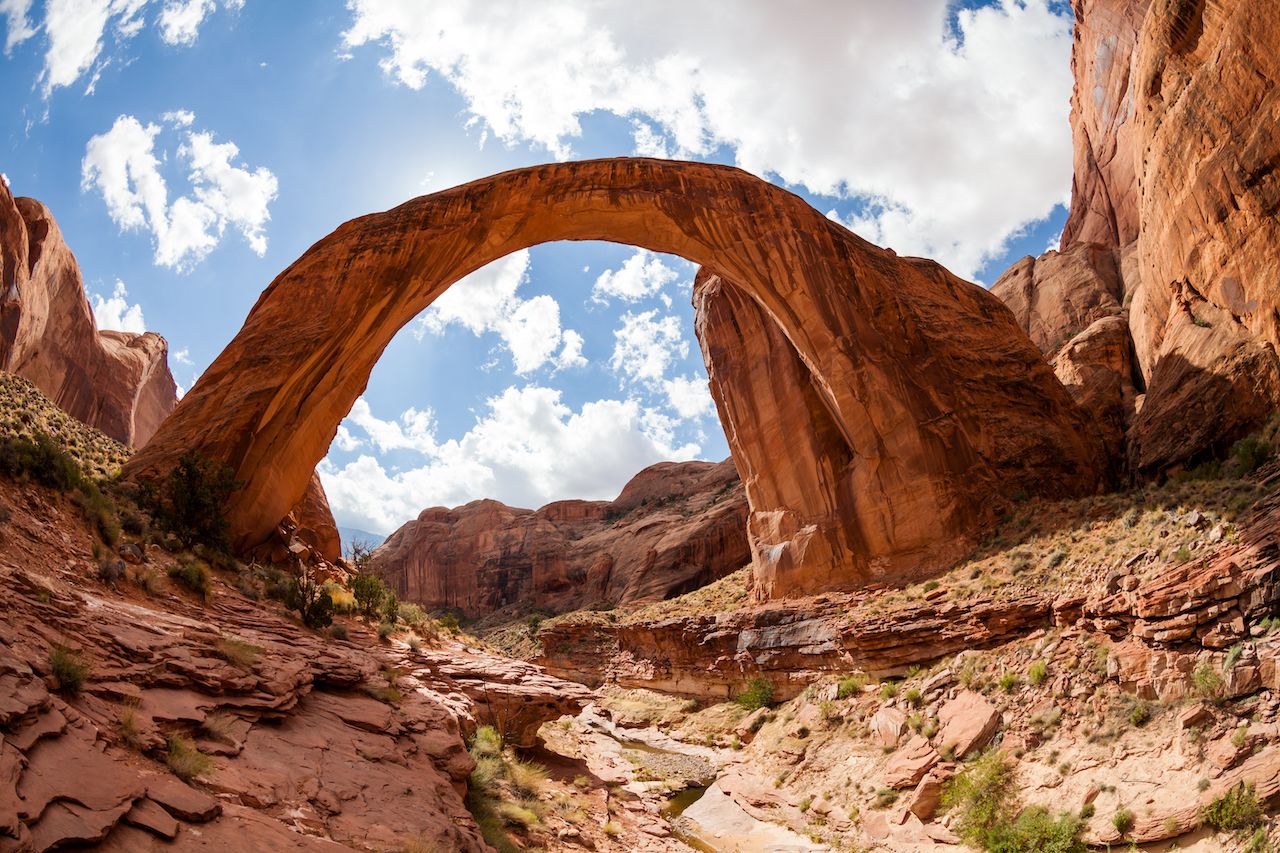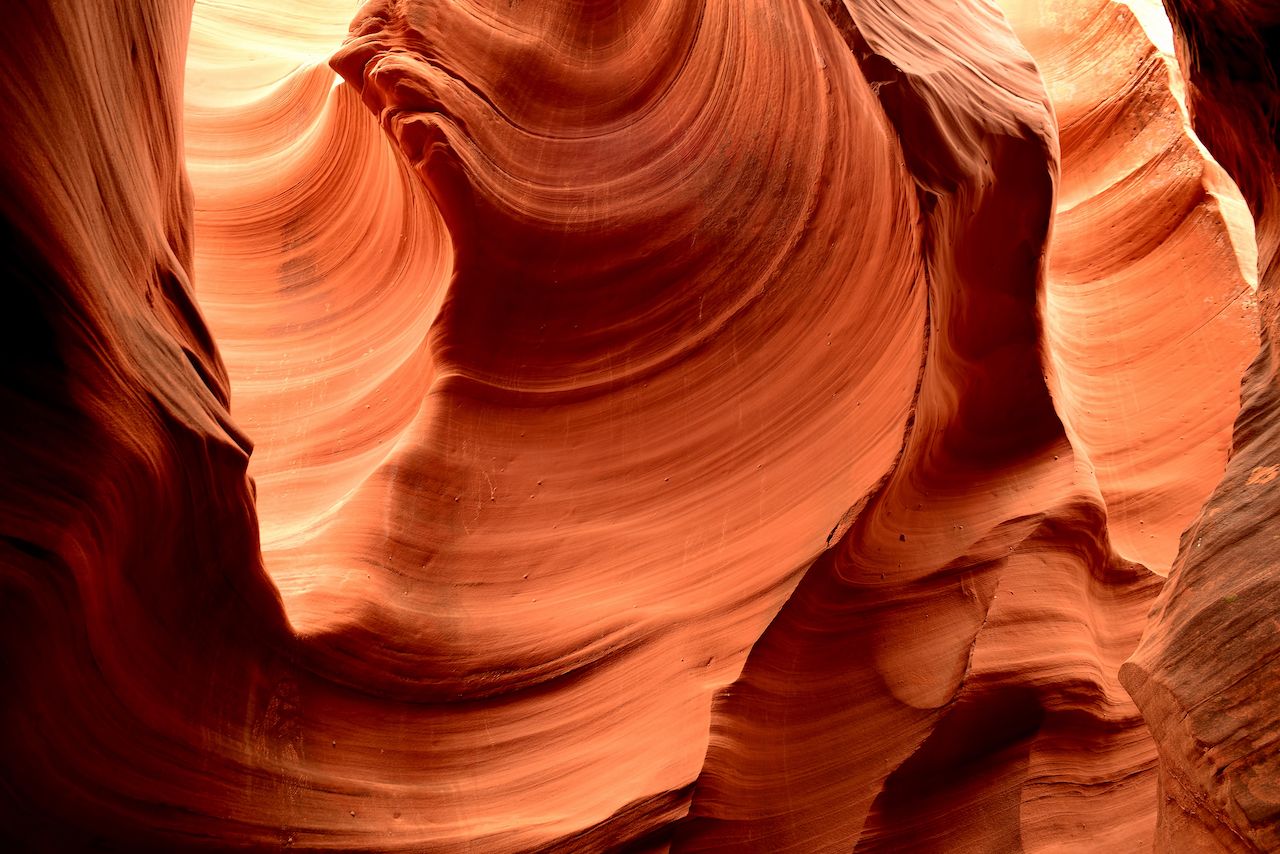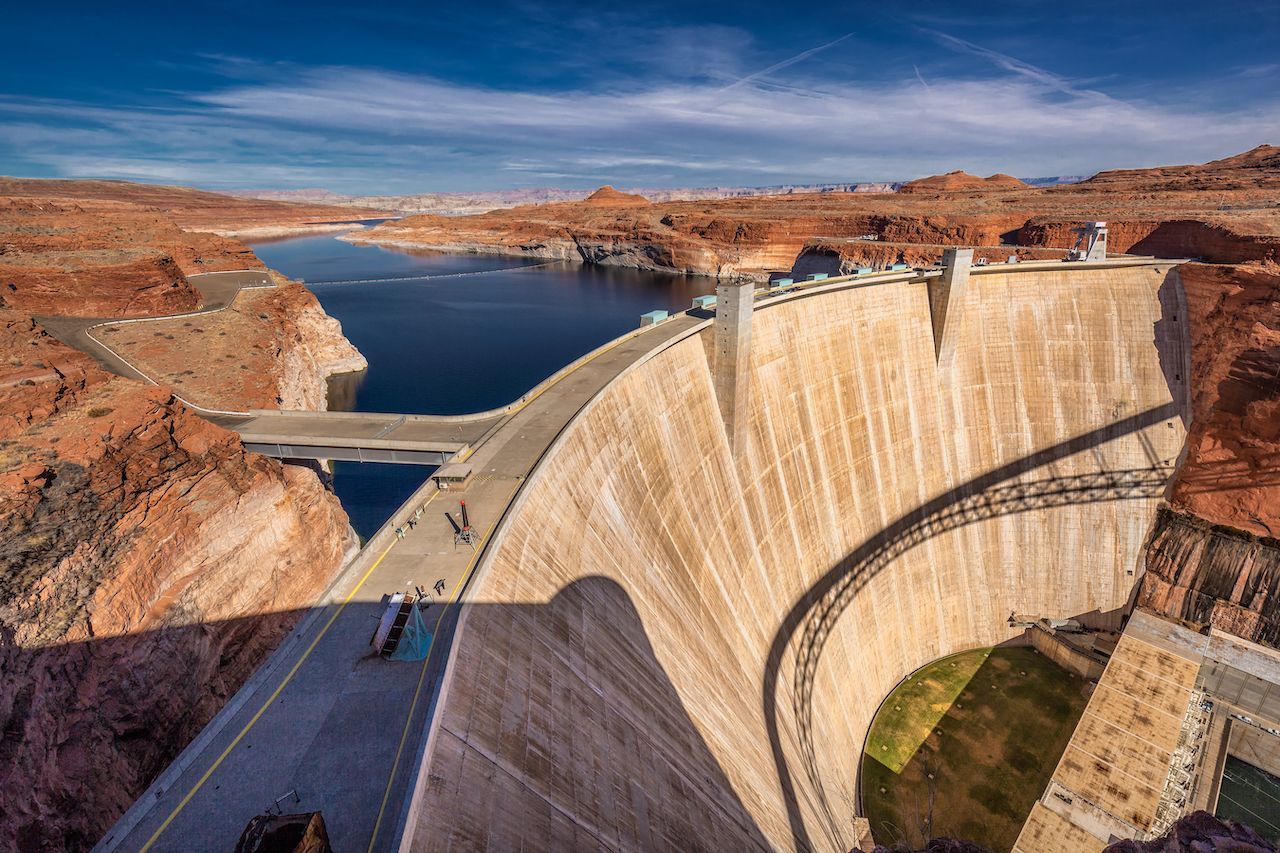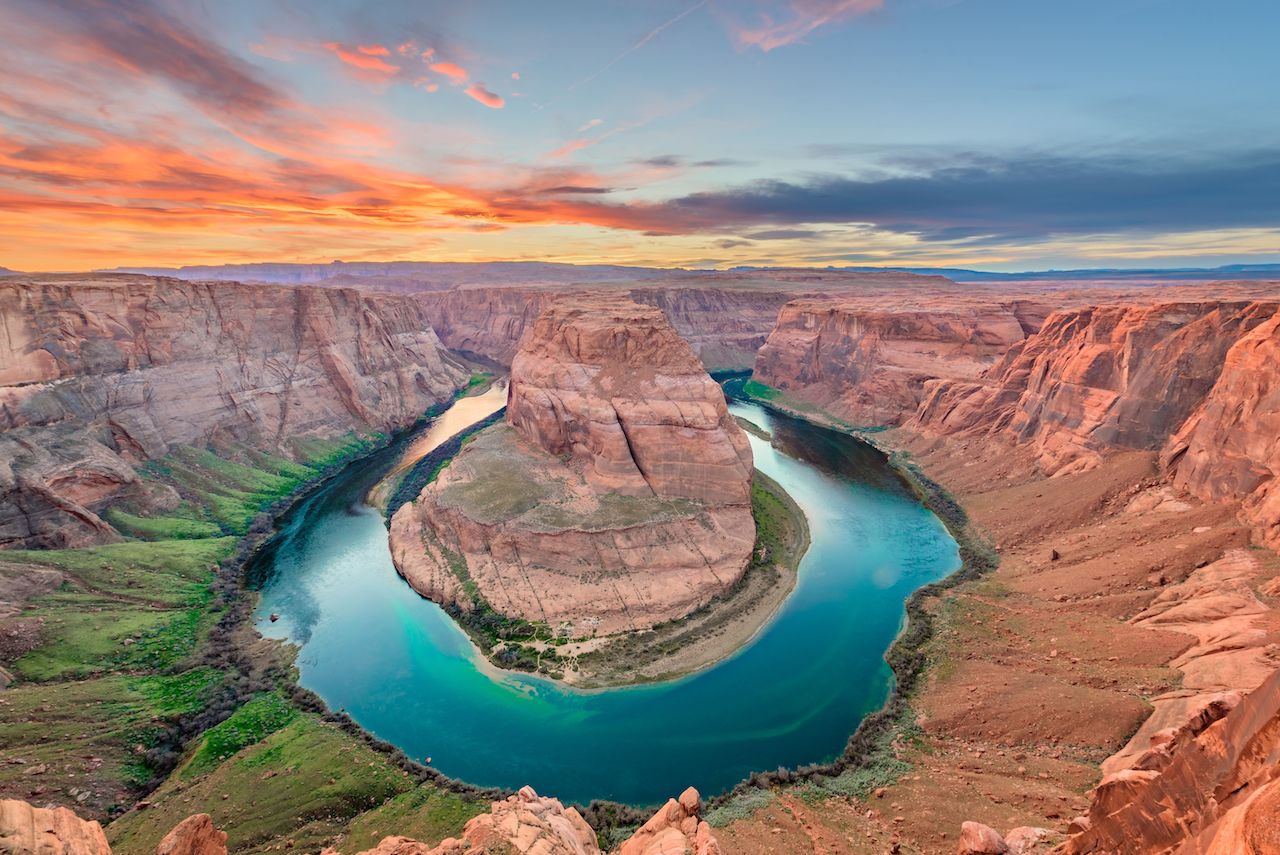A friend of mine in the church once described Lake Powell to me as “Mormon Cabo.”
And, yes, a typical weekend on this 186-mile-long lake in the Glen Canyon National Recreation Area will find you sharing it with a large number of large families. They’re onto something, as it’s truly one of the more under-appreciated natural wonders of the American Southwest, home to 2,000 miles of shoreline and over 96 towering side canyons.
Lake Powell’s roots are controversial. It was formed in the 1960s when the construction of Glen Canyon Dam flooded the Colorado River and created the lake. The ground was sacred to Native Americans and the natural environment was never the same. But now that the lake exists, it offers unparalleled access to the red rock canyons along the Arizona–Utah border. Spending a few days here should be part of any visit to this part of the country.
